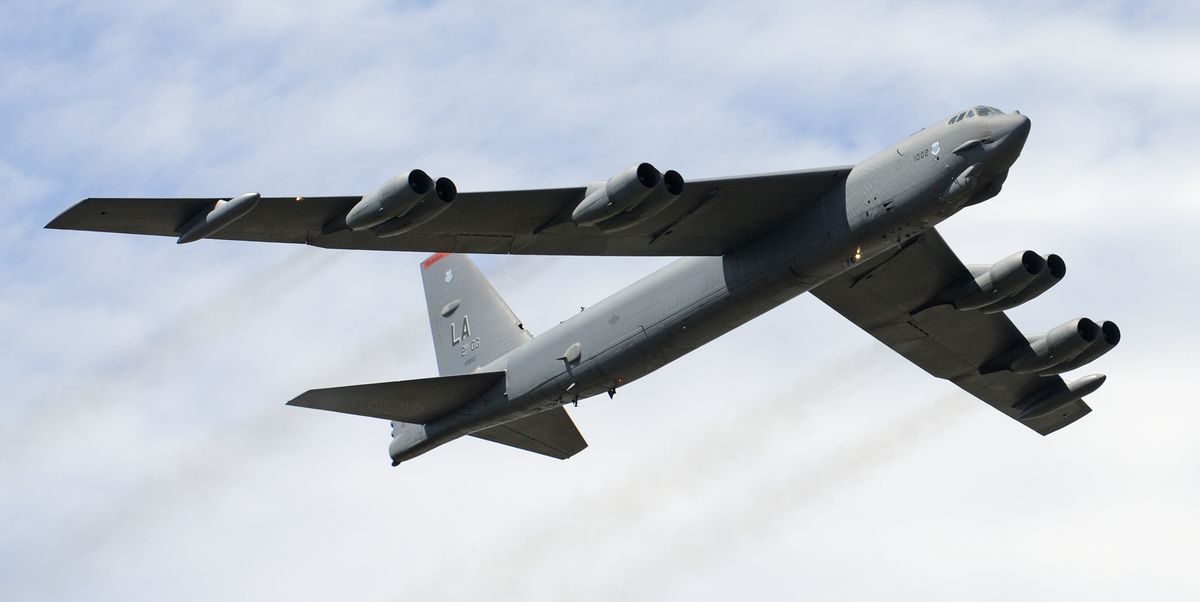In a high-stakes encounter over the South China Sea, a Chinese fighter jet executed a perilous nighttime maneuver that brought it within a mere 10 feet of a US Air Force B-52 bomber.

Chinese Fighter Jet Approaches US Air Force B-52 Bomber in South China Sea Encounter (Photo: Popular Mechanics)
Questionable Tactics in International Airspace
In a recent development published by Telegraph India, in October 27, 2023, the incident, which unfolded in international airspace on Tuesday night, almost led to a catastrophic collision of Chinese fighter jet, as revealed by the US military on Thursday. The US Indo-Pacific Command issued a statement condemning the pilot’s actions, labeling them as “unsafe and unprofessional” and characterized by “uncontrolled excessive speed.” This alarming event underscores the ongoing tensions and territorial disputes in the South China Sea and raises concerns about military confrontations in the region.
The US military released a grainy, black-and-white video that purportedly captured the heart-stopping encounter. The footage, filmed from the B-52 bomber, showcases the Chinese fighter jet coming dangerously close to the American aircraft.
While the authenticity of the video of Chinese fighter jet approaching has not been independently verified by The New York Times, it provides a chilling visual representation of the incident. The situation determines the ongoing tension in the South China Sea and highlights the need for diplomatic efforts to prevent accidental escalations between the world’s two superpowers.
READ ALSO: Long-Term Rates Cast Shadow On Booming US Economy: Troubling Signs In Recent Treasury Yield
China’s Response Remains Unclear
According to the news released by CNN, the US military condemns the actions of the Chinese fighter jet, China has yet to issue an official response to the Pentagon’s statement. Chinese officials have previously defended such air intercepts as reasonable reactions to foreign military patrols that they perceive as threats to their country’s security.
This latest incident in relation to Chinese fighter jet raises questions about the intricacies of international airspace regulations and the potential consequences of military posturing in a region already rife with geopolitical complexities. The South China Sea continues to be a flashpoint for territorial disputes, and the need for open communication and negotiation to prevent further incidents is more critical than ever.
READ ALSO: On The Golf Course The Javelinas Wreak Havoc And Chili Oil Serves As Unlikely Savior
























